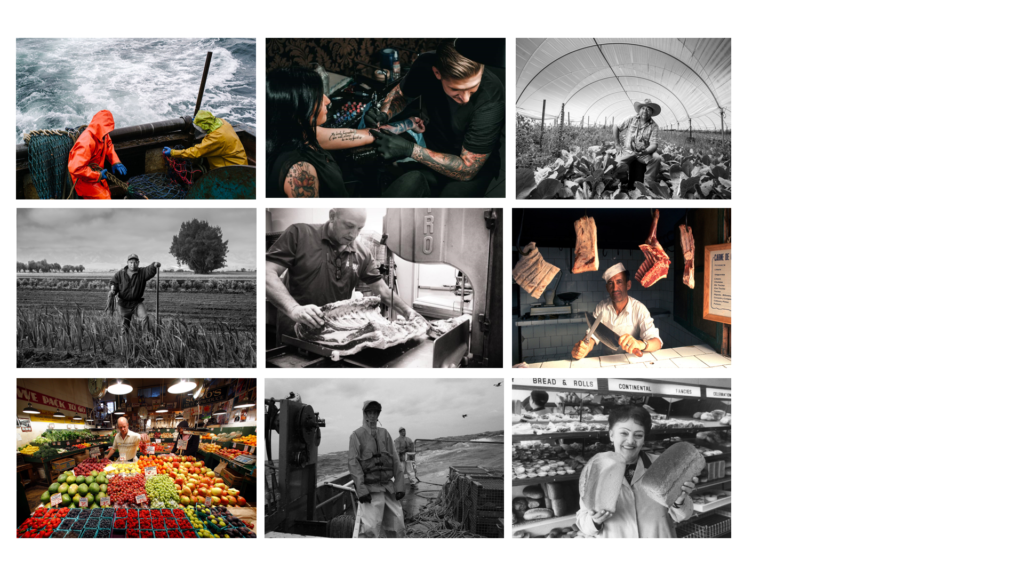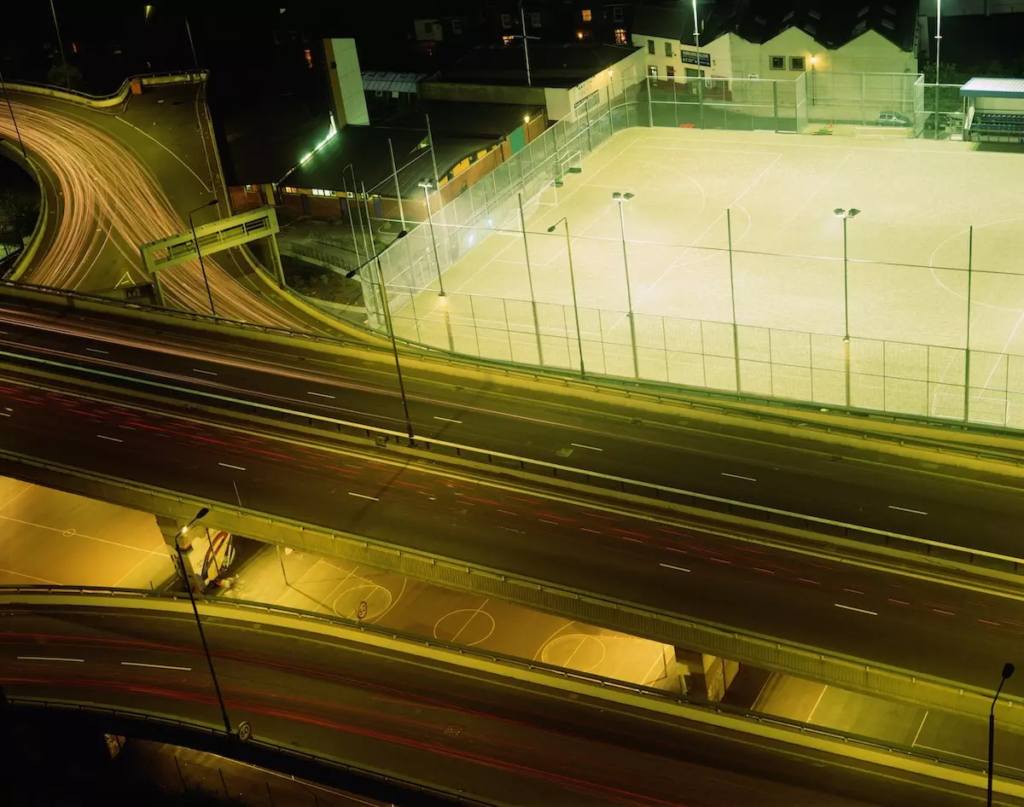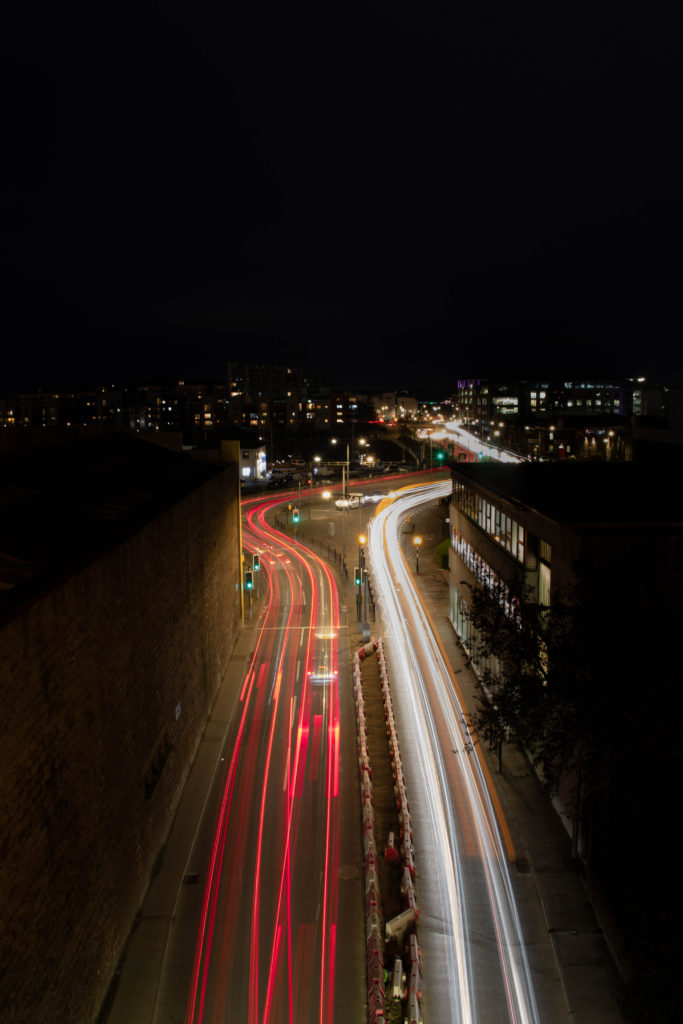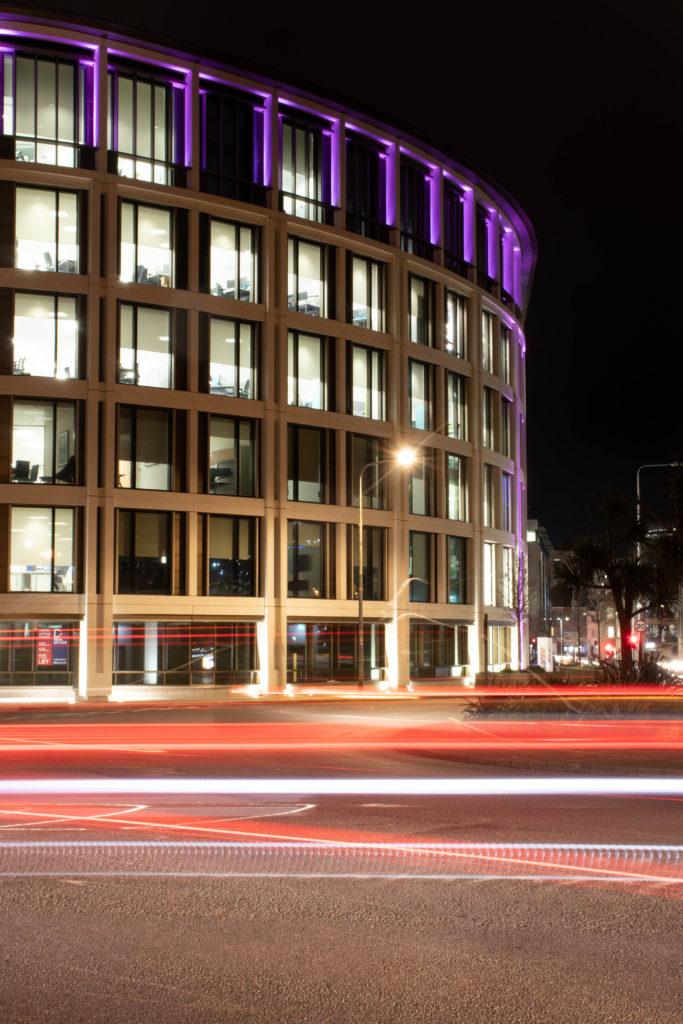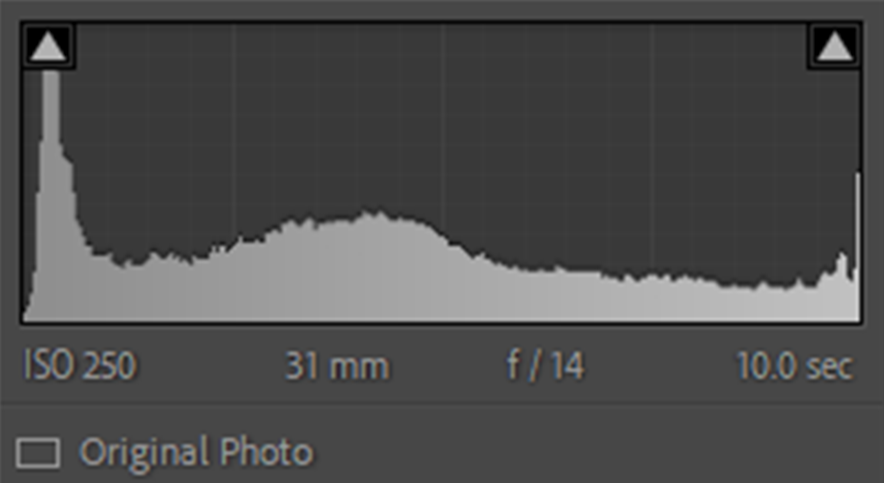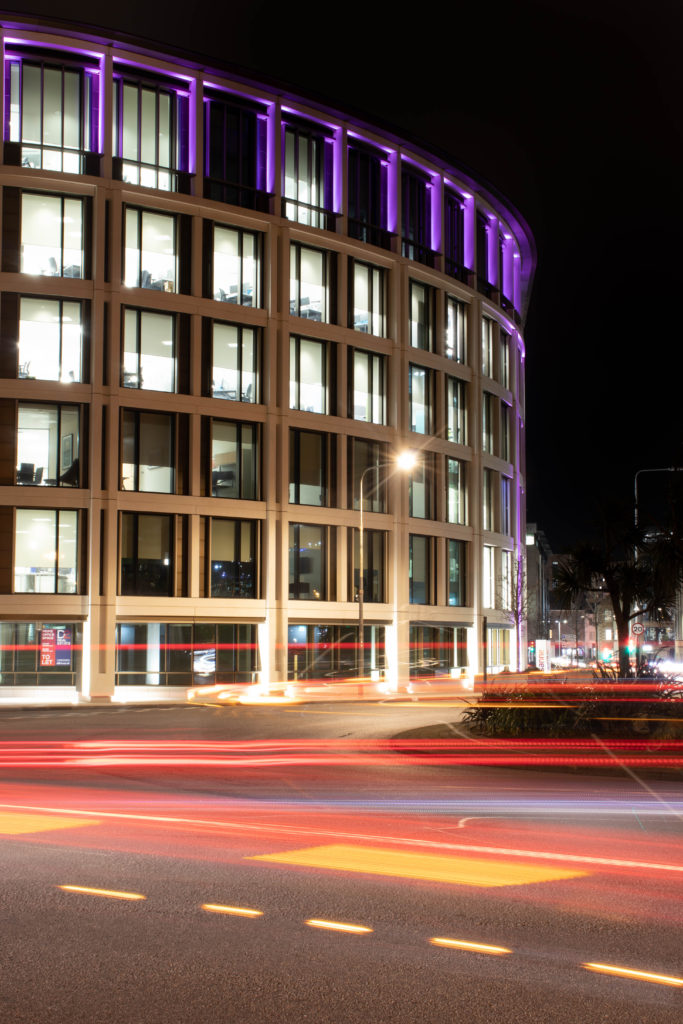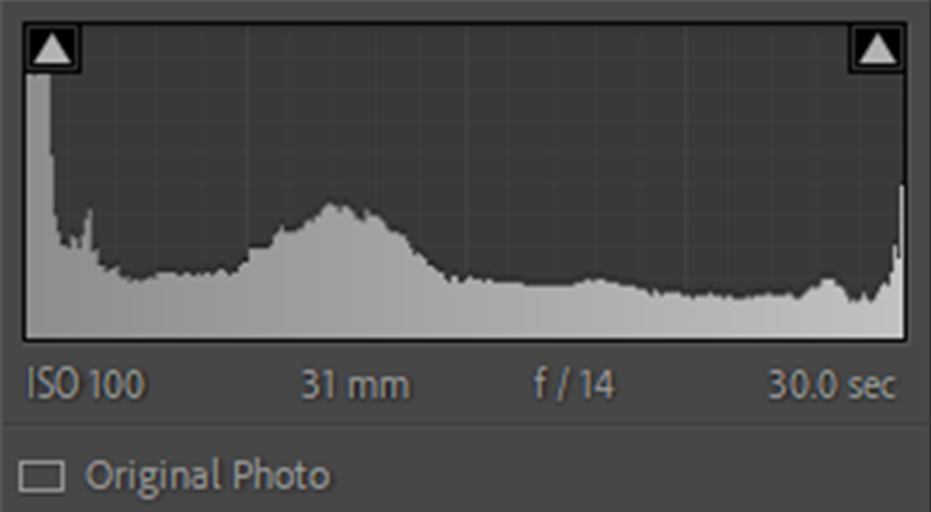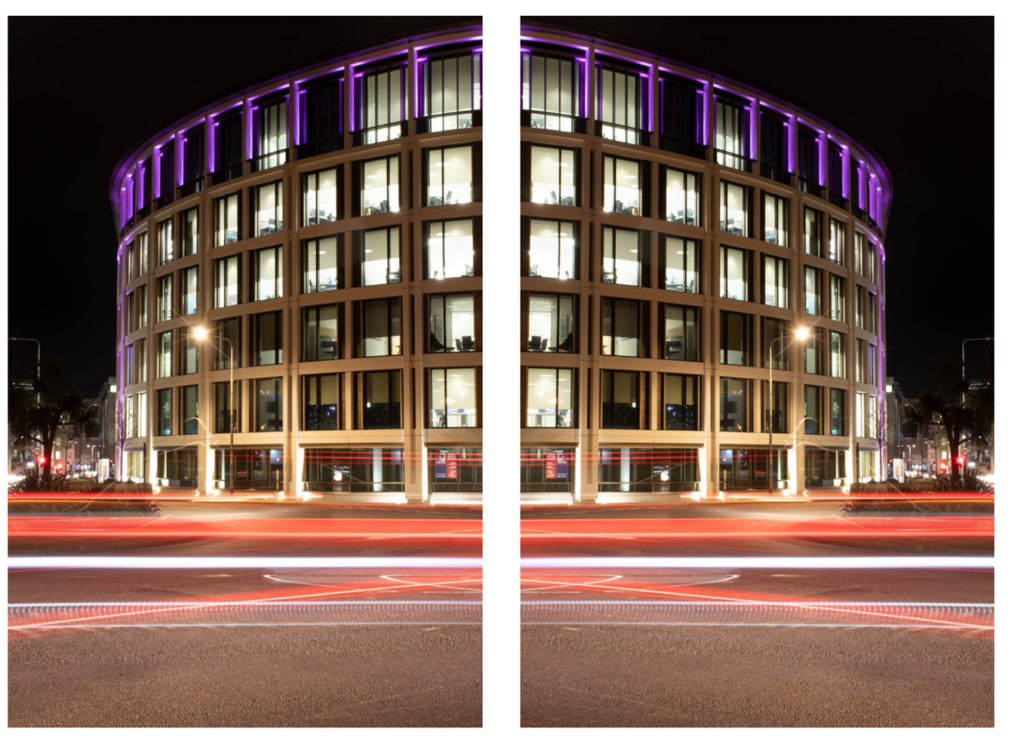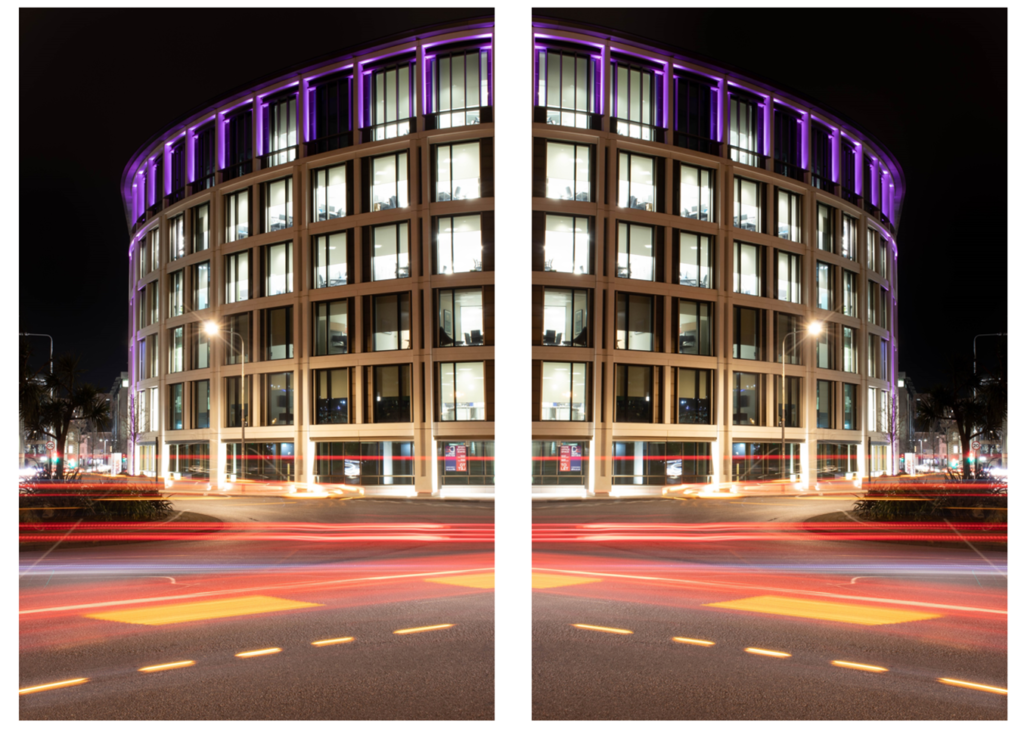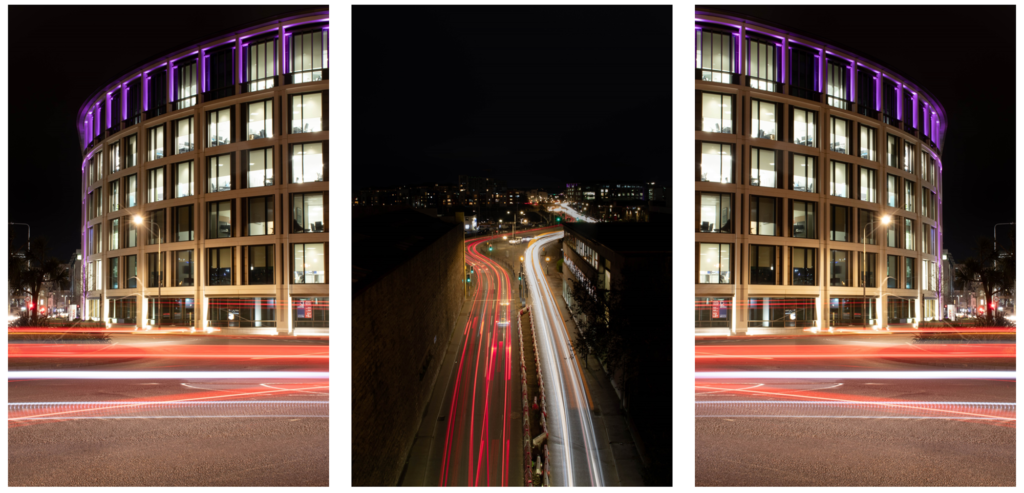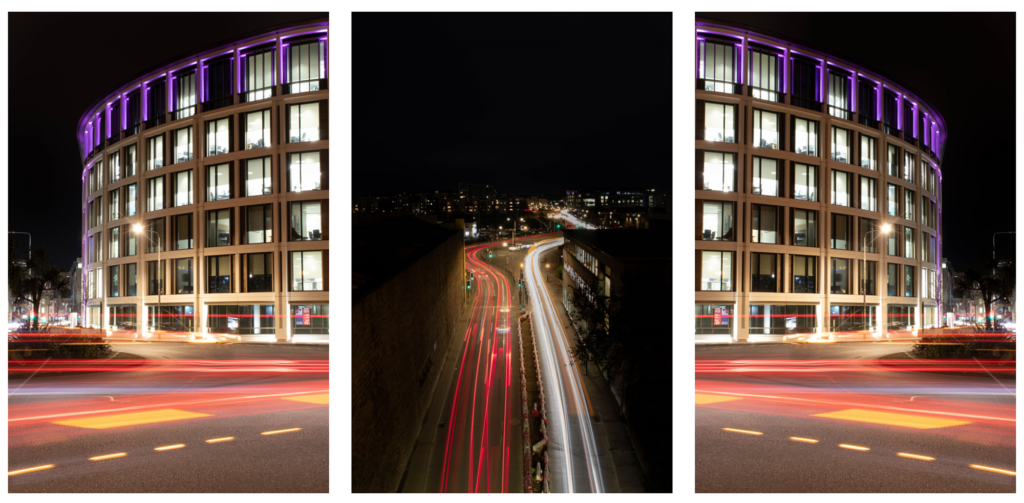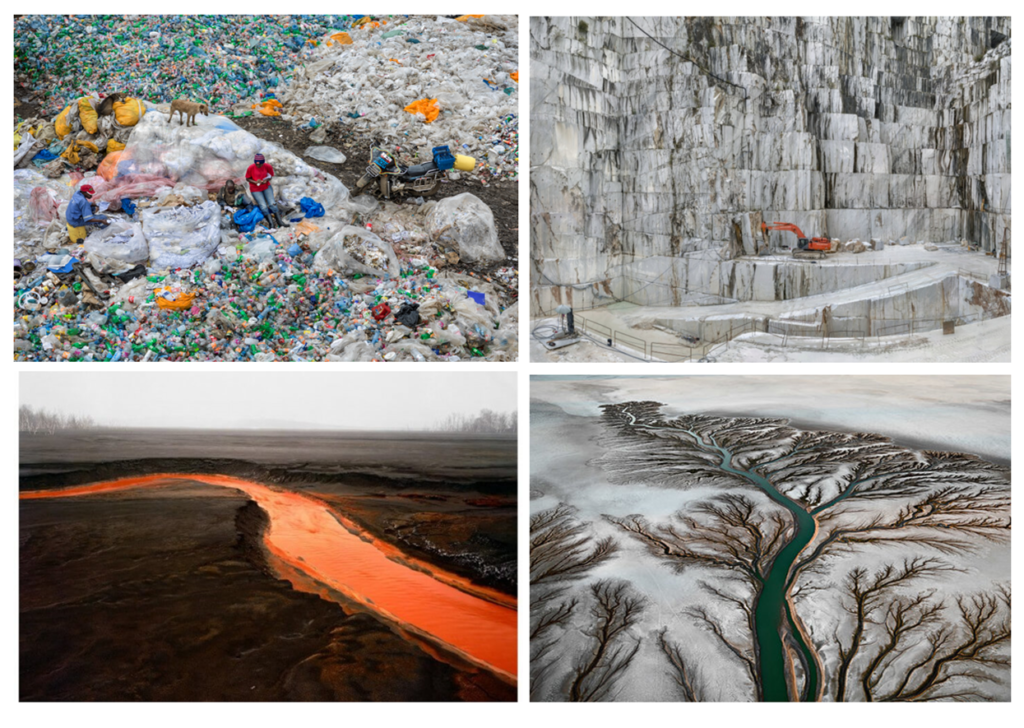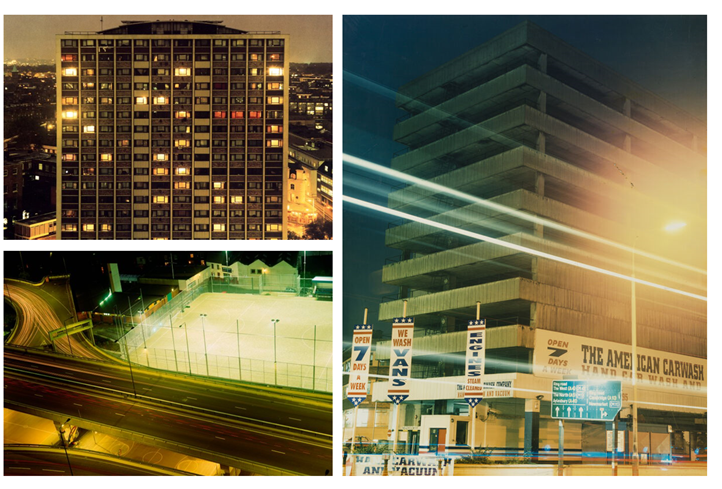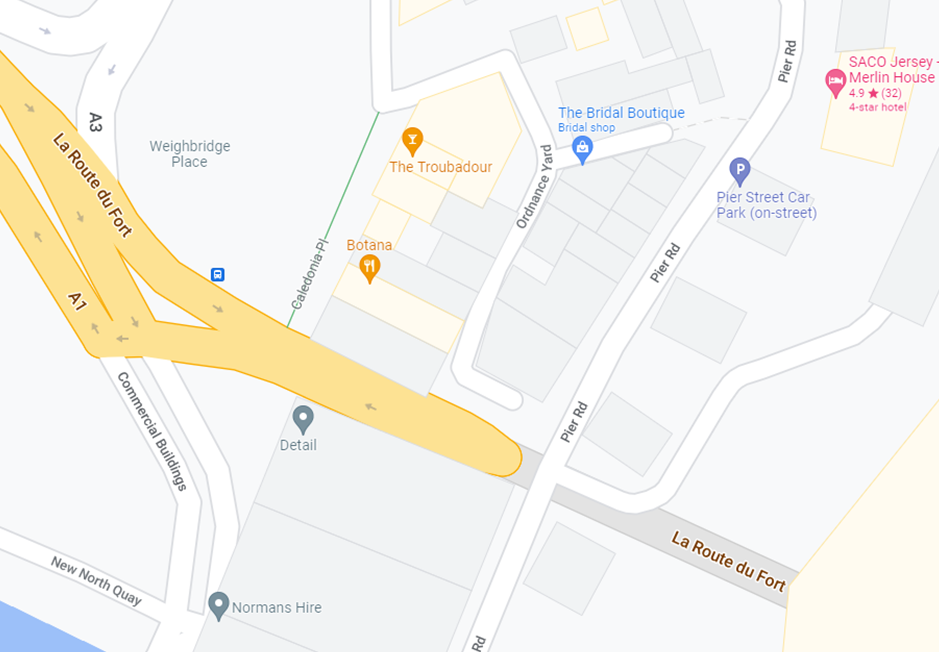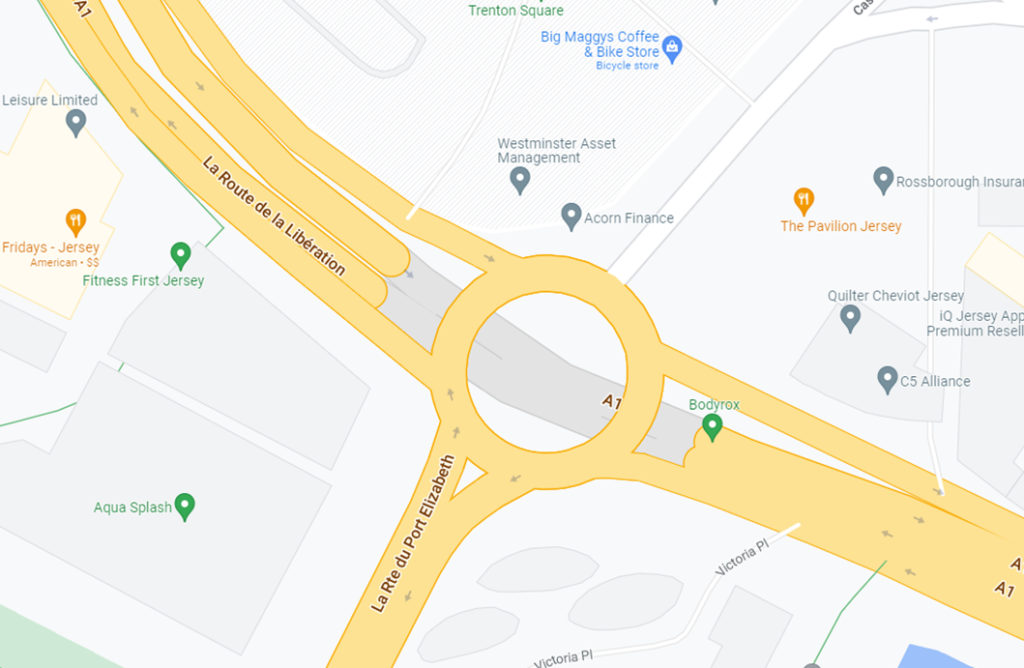Chiaroscuro Lighting
What is Chiaroscuro Lighting?
A high-contrast lighting technique that utilises a low-key lighting setup to achieve contrast between the subject and a dark background, emphasizing certain aspects of a scene or object that are in high-contrast light.
Creating Chiaroscuro Lighting

Examples of Chiaroscuro Lighting

Rembrandt Lighting
What is Rembrandt Light?
Rembrandt lighting is a technique utilizing one light and one reflector or two separate lights. It’s a popular technique because it creates images that look both dramatic yet natural. It’s predominantly characterized by a lit-up triangle underneath the subject’s eye on the less illuminated area of the face
Creating Rembrandt Lighting

Examples of Rembrandt Lighting

Butterfly lighting
What is Butterfly Lighting?
Butterfly lighting is a type of portrait lighting technique used primarily in a studio setting. Its name comes from the butterfly-shaped shadow that forms under the nose because the light comes from above the camera.
Creating Butterfly Lighting

Example of Butterfly Lighting

Rim Lighting
What is Rim Lighting?
A rim light is placed behind a subject that exposes the outline or rim of the subject with light. This lighting highlights the contours of a subject and creates a dramatic and mysterious effect. Rim lights can be used in a variety of ways. It can be created by pointing a bright light source towards the camera and placing someone/ a subject in front of the light, creating a silhouette like image.
Creating Rim Lighting

Examples of Rim Lighting

My Responses
Rembrandt Lighting

Chiaroscuro lighting
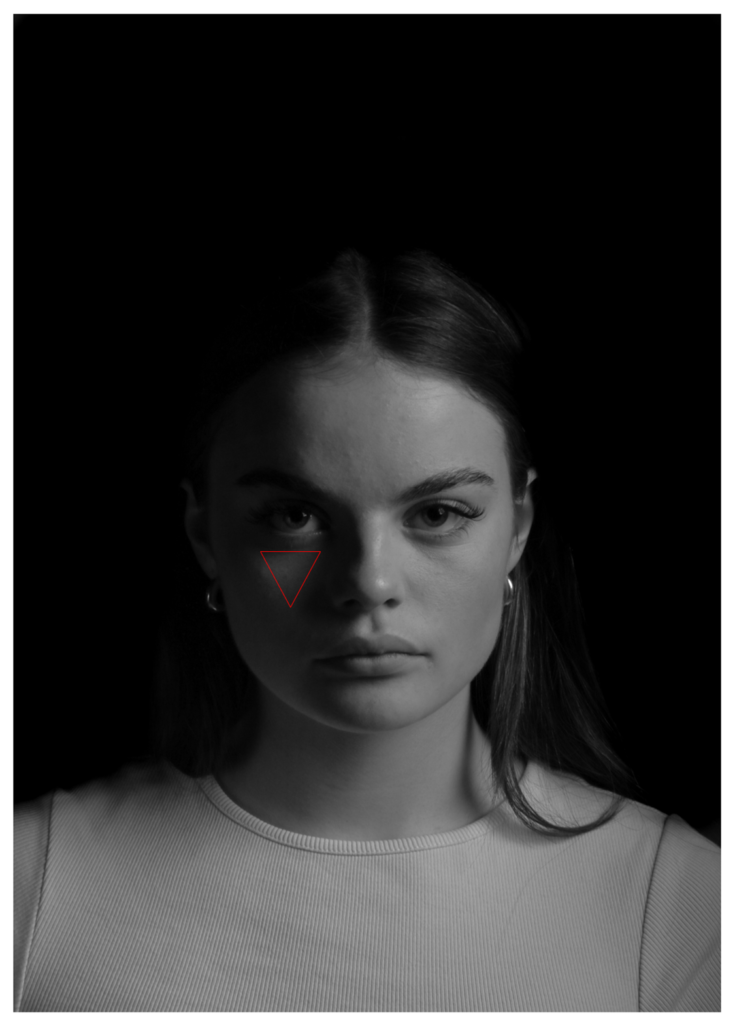
Rim Lighting

Butterfly lighting


